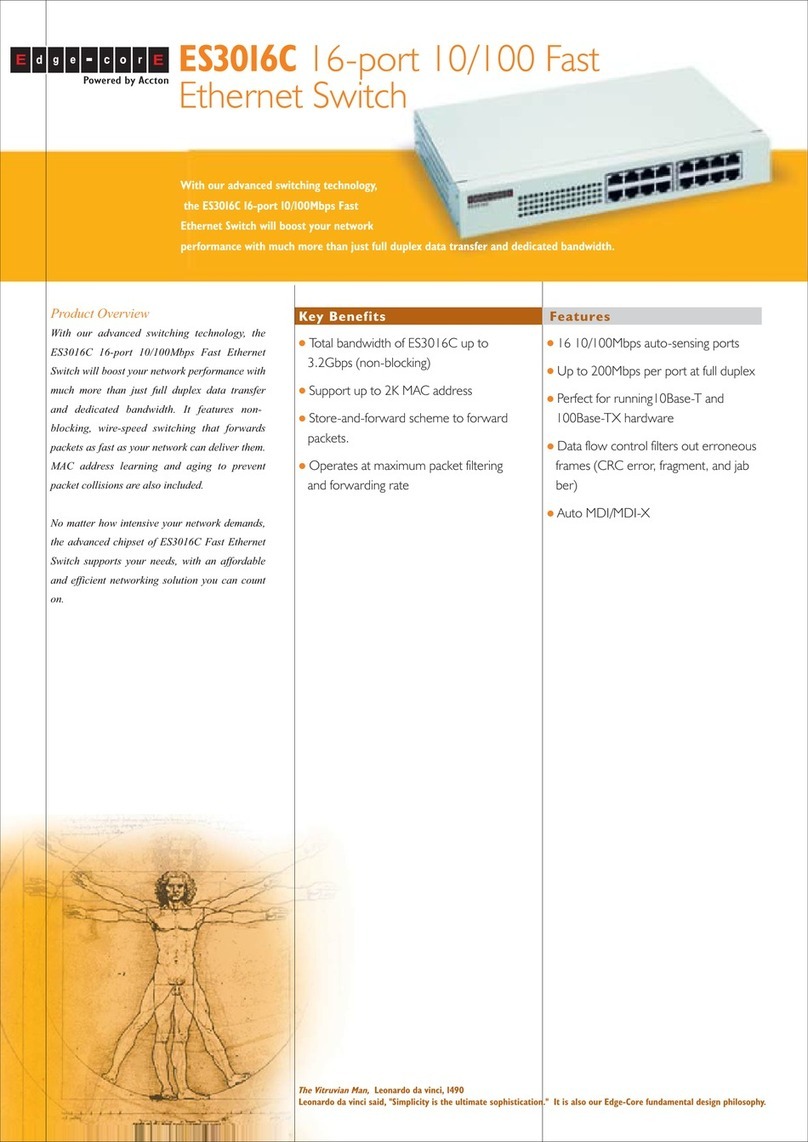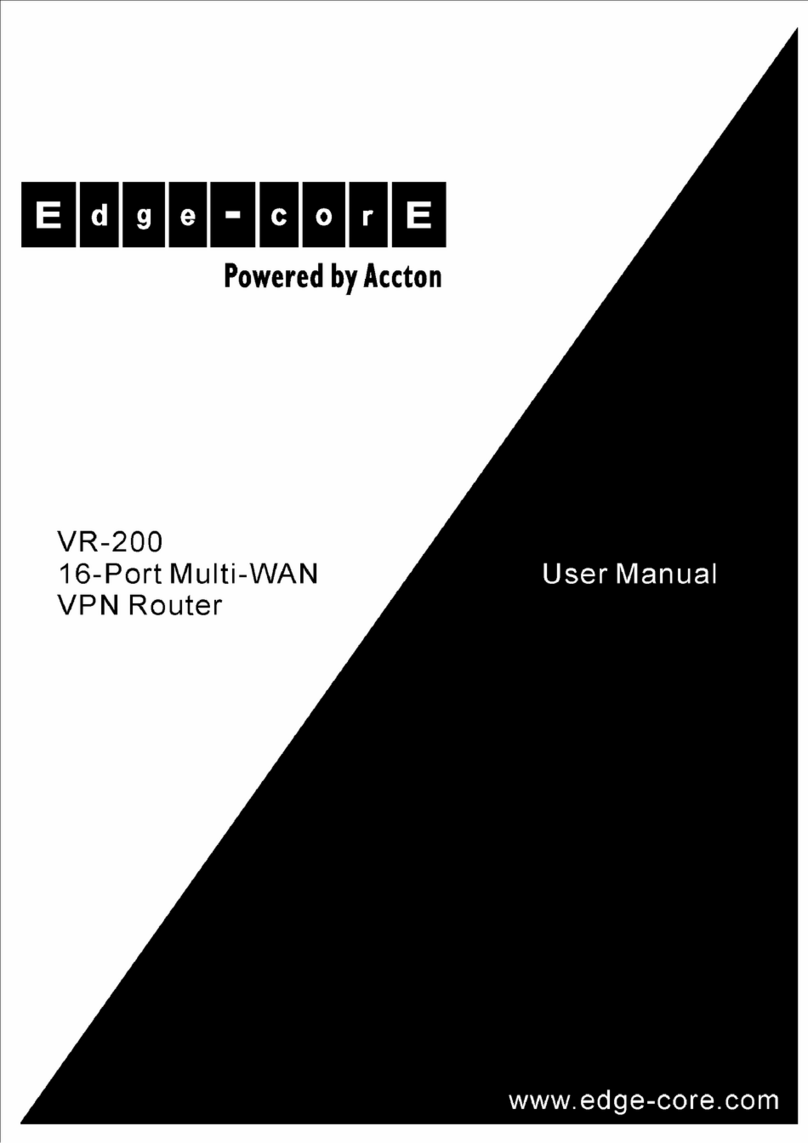Accton Technology Edge-Core ES3528M-SFP User manual
Other Accton Technology Network Router manuals

Accton Technology
Accton Technology MR3202A User manual
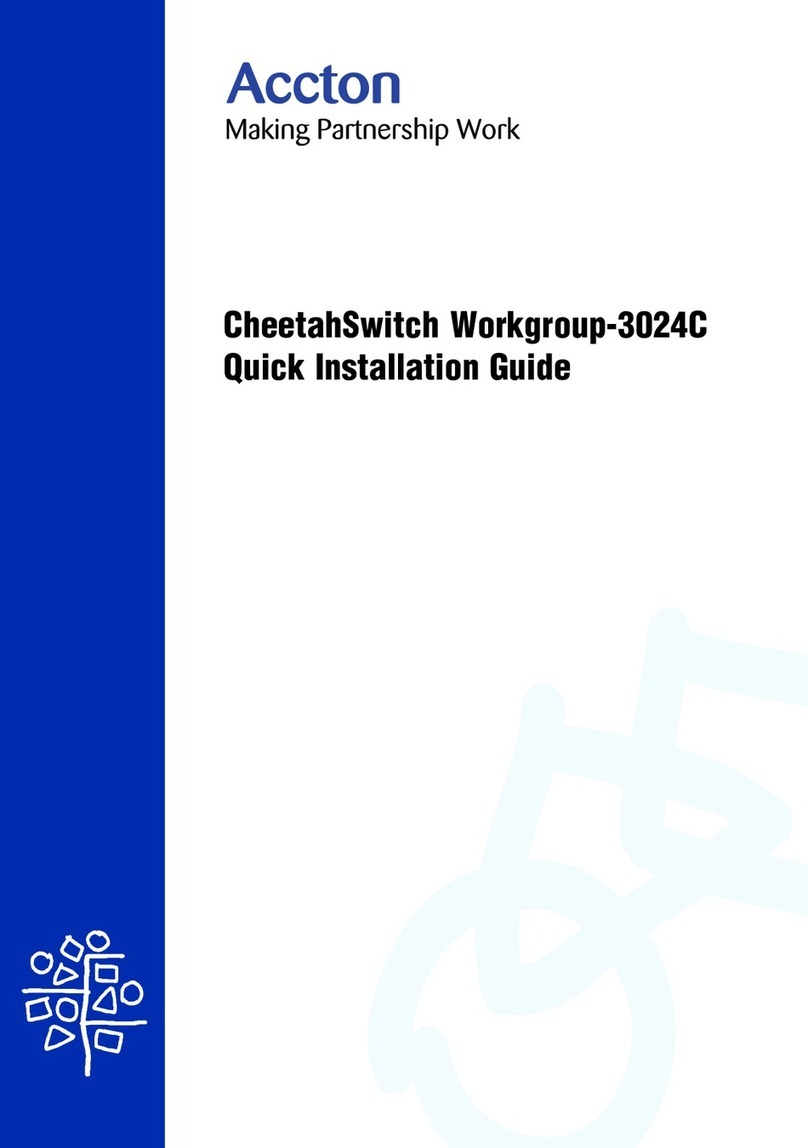
Accton Technology
Accton Technology cheetahswitch workgroup-3024c User manual
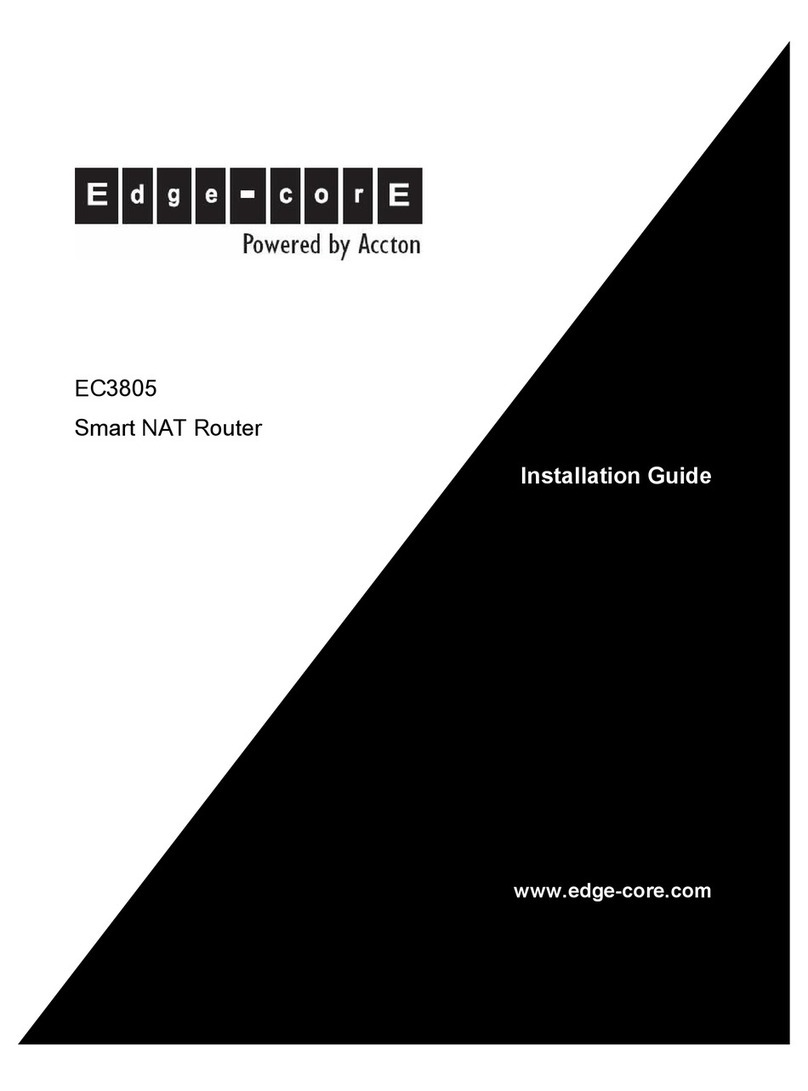
Accton Technology
Accton Technology Edge-corE EC3805 User manual

Accton Technology
Accton Technology 3008A User manual
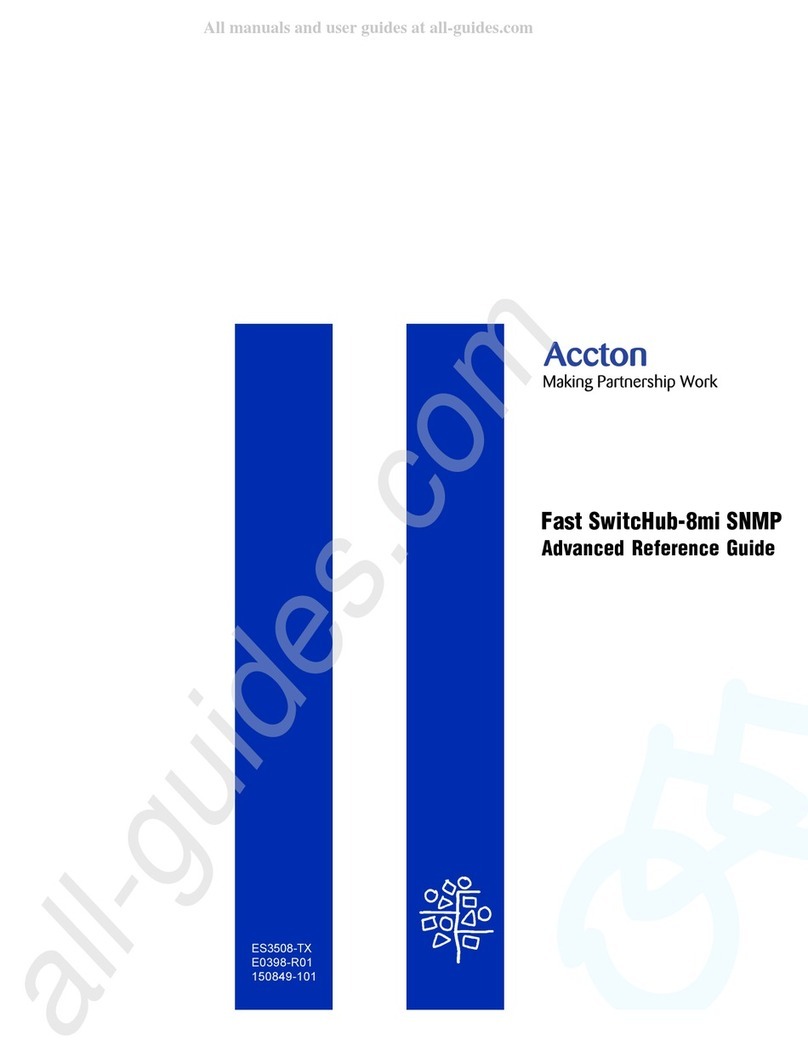
Accton Technology
Accton Technology Fast SwitchHub-8mi SNMP User manual
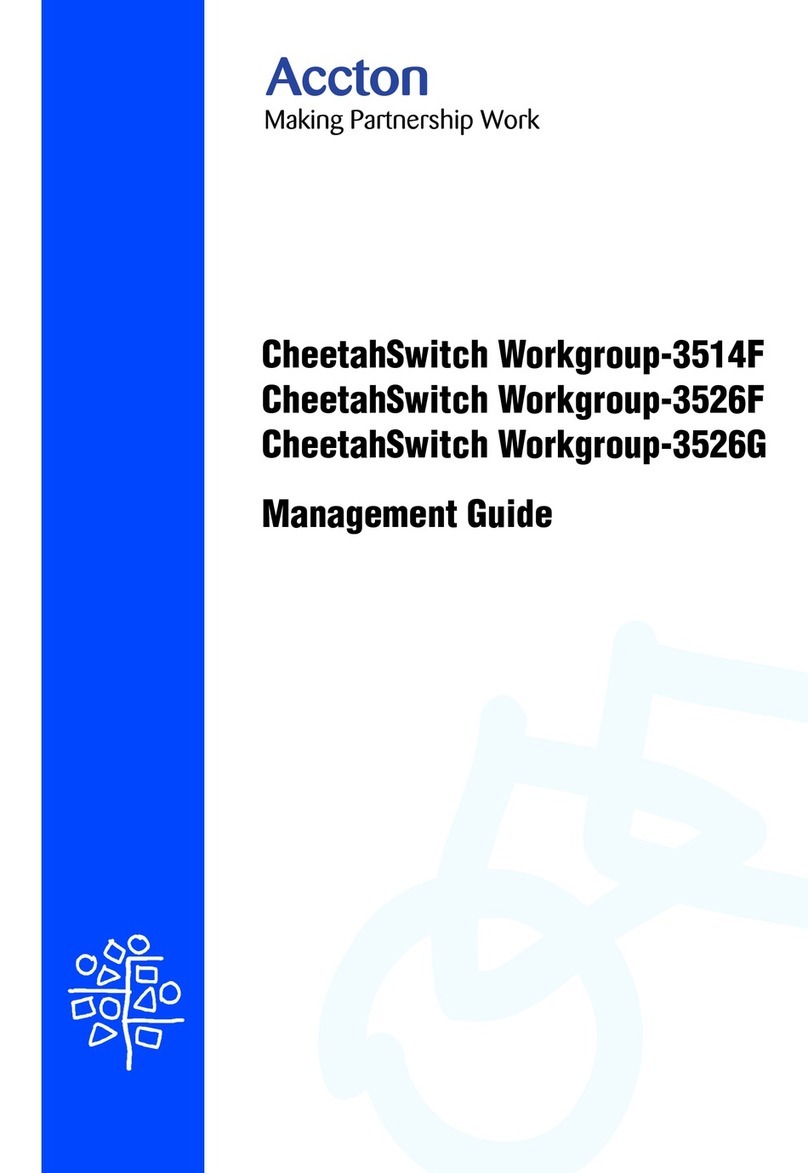
Accton Technology
Accton Technology CheetahSwitch Workgroup-3514F Programming manual
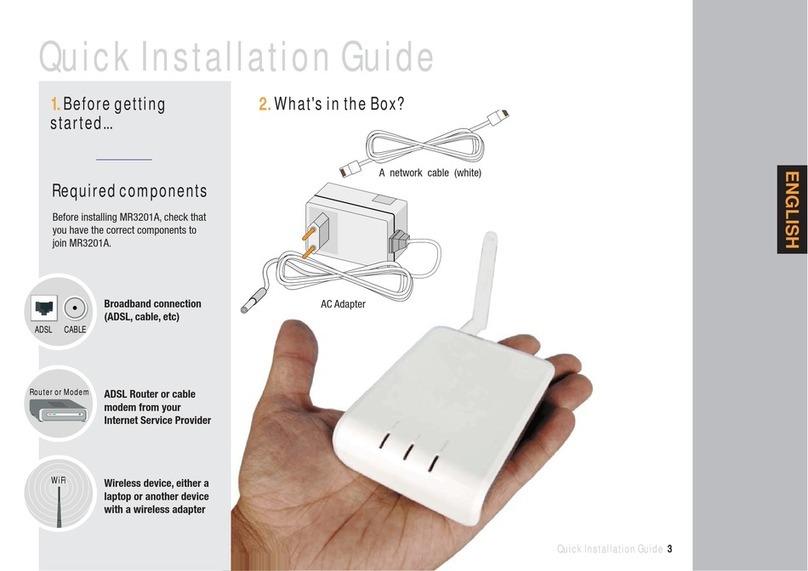
Accton Technology
Accton Technology MR3201A User manual
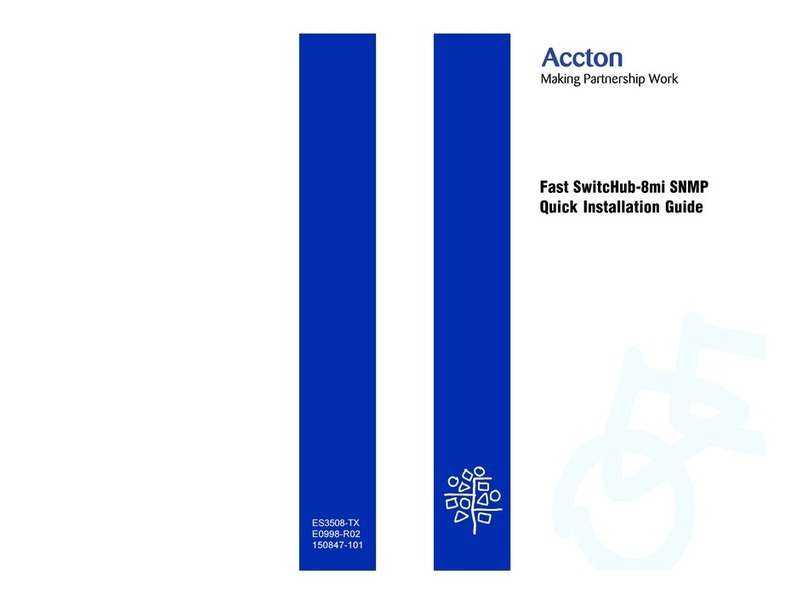
Accton Technology
Accton Technology ES3508-TX User manual
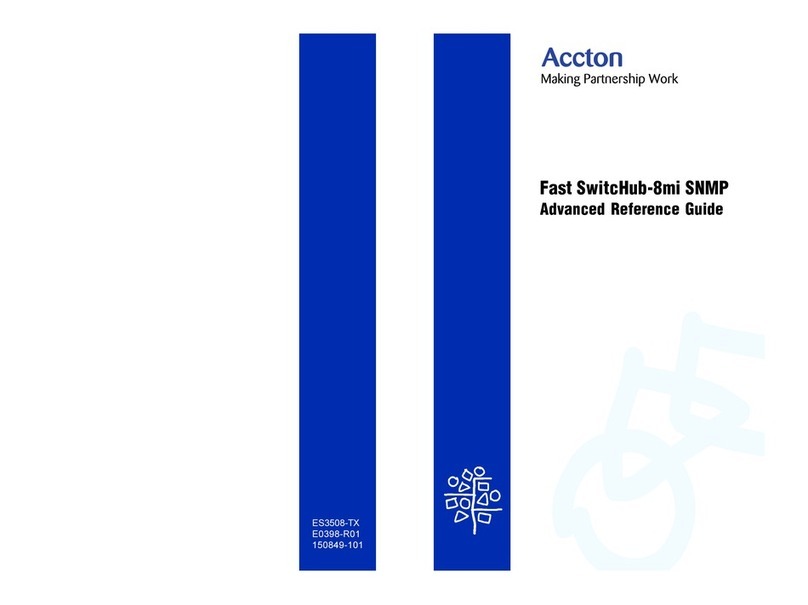
Accton Technology
Accton Technology Fast SwitcHub-8mi SNMP User manual
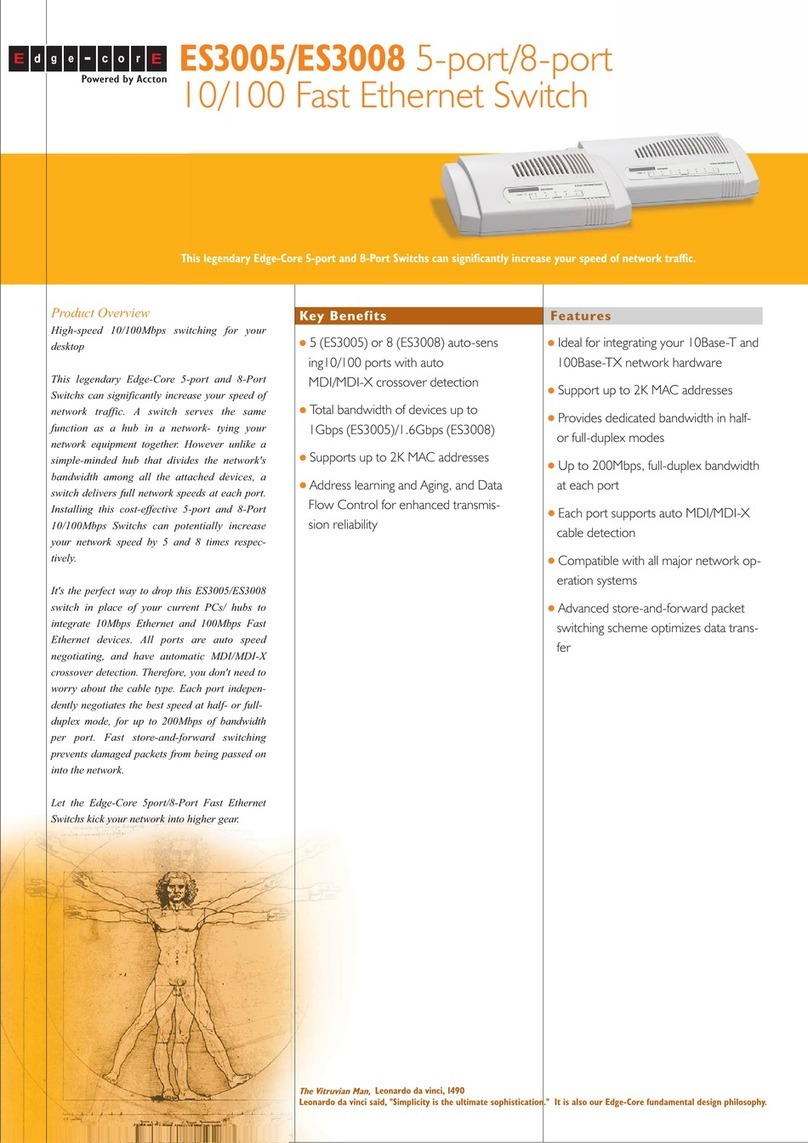
Accton Technology
Accton Technology ES3005 User manual
Popular Network Router manuals by other brands

TRENDnet
TRENDnet TEW-435BRM - 54MBPS 802.11G Adsl Firewall M Quick installation guide

Siemens
Siemens SIMOTICS CONNECT 400 manual

Alfa Network
Alfa Network ADS-R02 Specifications

Barracuda Networks
Barracuda Networks Link Balancer quick start guide

ZyXEL Communications
ZyXEL Communications ES-2024PWR Support notes

HPE
HPE FlexNetwork 5510 HI Series Openflow configuration guide
